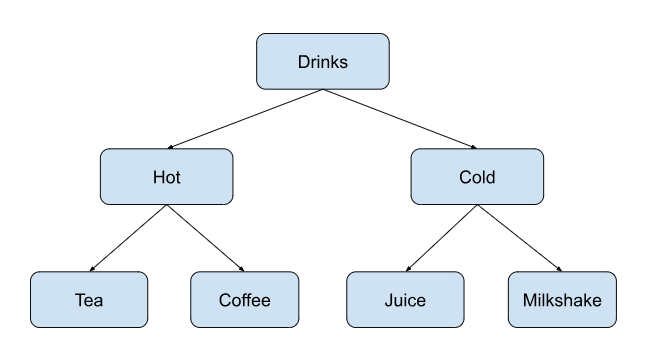It starts with a special node called the root, and each node can have child nodes, forming a branching structure — like an upside-down tree. It’s called a “tree” because it visually resembles an upside-down tree, with a single root node at the top and branches that spread downwards to other nodes, called children.
Key Concepts
- Root: The topmost node (A tree has only one root node)
- Parent: A node that has child nodes
- Child: A node that descends from another node (parent)
- Leaf: A node that has no children
- Edge: The connection between nodes

Use Cases
Trees are incredibly useful for organizing and managing hierarchical data efficiently.- File Systems: The directory structure on your computer (folders and files) is a classic example of a tree. The root directory is the top-level node, and subdirectories and files are its children.
- Databases: B-trees and B+ trees are specialized tree structures used in database systems to index data, allowing for fast searches, insertions, and deletions.
- Syntax Parsing: Compilers use syntax trees to represent the structure of programming code, which helps in identifying errors and translating the code into machine-readable instructions.
- **Family Trees: **Ancestors and descendants in genealogy.

